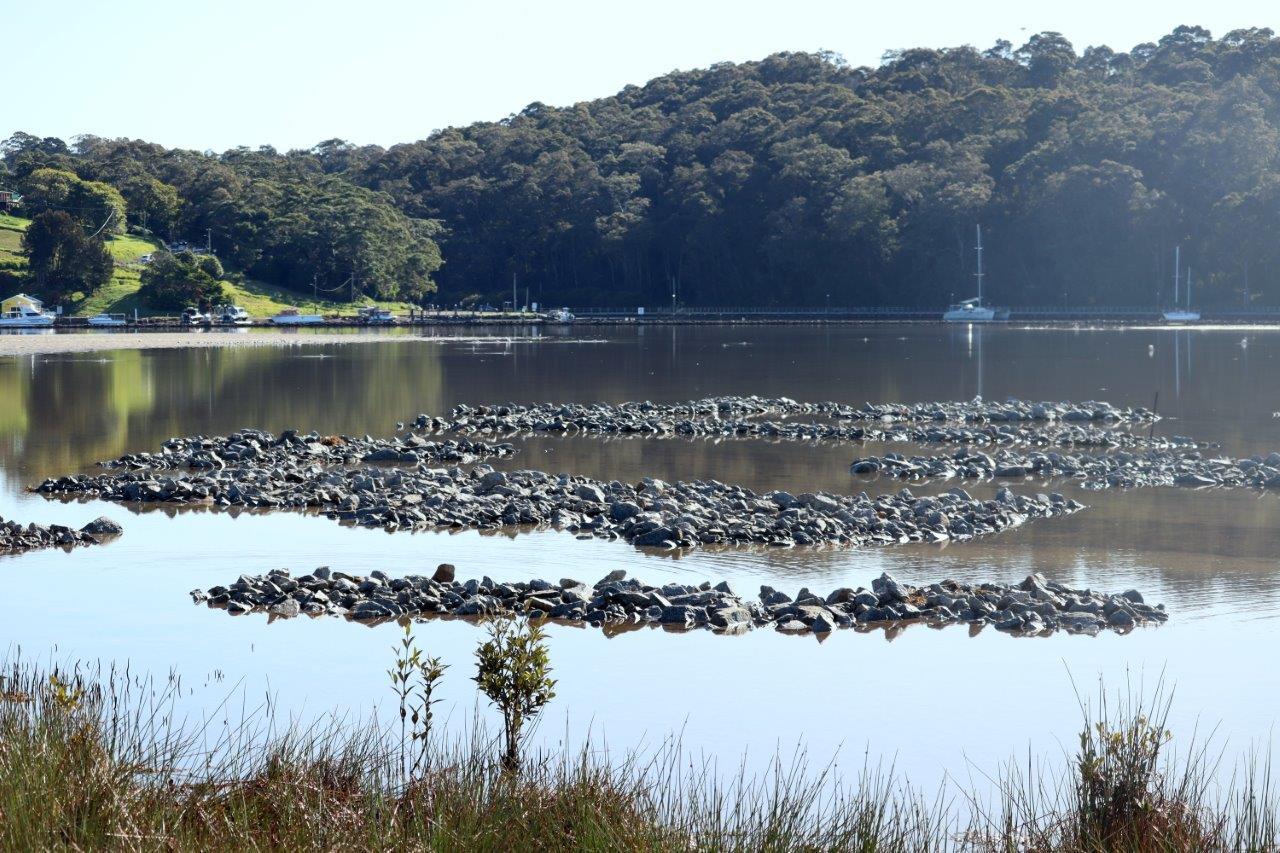About this case study
Storms, Sea level rise
Communities
Citizen science, Climate smart design, Community engagement
When it comes to climate adaptation, oyster reefs can be an unexpected ally.
Oyster reefs are incredibly impressive water filterers, habitat providers, shoreline protectors, ecosystem engineers and biodiversity boosters. The great but long-forgotten oyster reefs of Australia are thought to have rivalled the extent of the Great Barrier Reef. Our project is helping to restore these complex ecosystems and the benefits they provide to NSW’s coastal communities.
Jillian Keating, DPI Fisheries Marine Estate Manager (Oyster Reef Restoration)
As guardians of the shoreline, oyster reefs provide homes for marine life, improve water quality and can help us protect coastal communities as sea levels rise.
Healthy oyster reefs provide food and shelter for more than 300 marine species in NSW. Each wild oyster filters, on average, two litres of water an hour – or nearly 50 litres a day. Just imagine what a whole oyster reef can do!
As sea levels rise and storms become more severe, oyster reefs provide natural coastal protection by reducing wave energy, stabilising shorelines and buffering other more sensitive coastal habitats. What’s even better is that the oyster reefs can grow in height as sea levels rise, oyster upon oyster, keeping pace with change over time and naturally maintaining this protection.
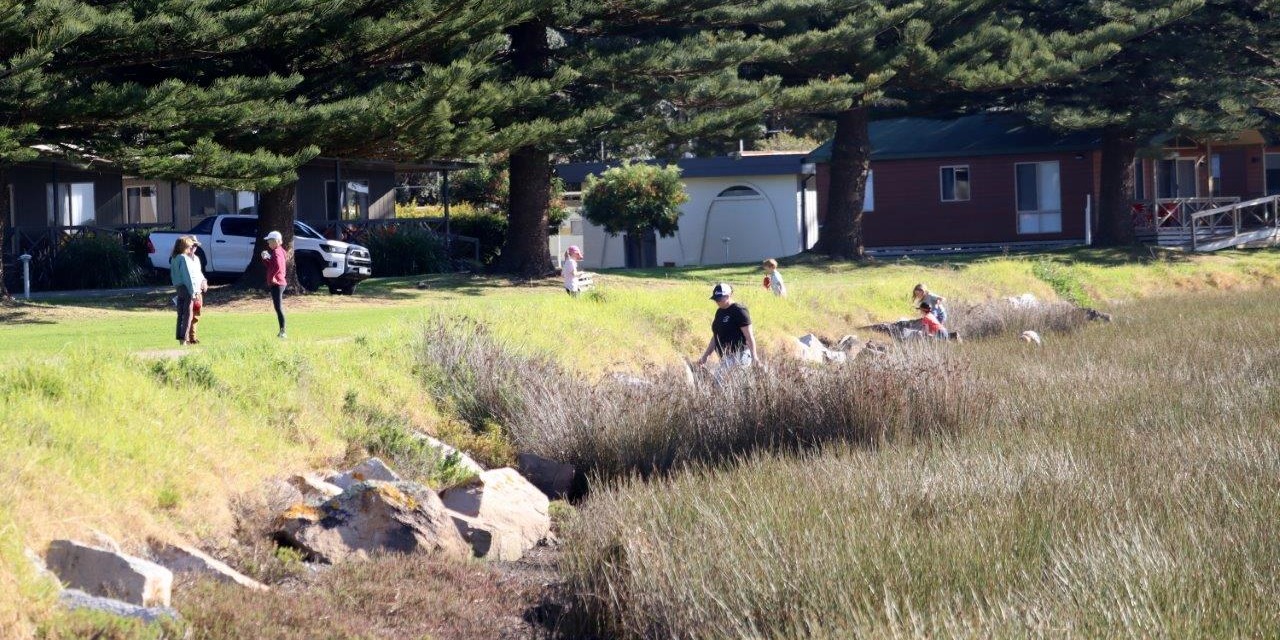
But the reefs that were once plentiful in NSW have been decimated by a deadly combination of historical over-harvesting, oyster disease and water pollution. Today, an estimated 95% of Australia’s oyster reefs are "functionally extinct" and huge expanses of reefs have been collectively wiped from our living memory,” says Jillian Keating, DPI Fisheries Marine Estate Manager (Oyster Reef Restoration).
Over the past 20 years, a worldwide movement has emerged to restore these important ecosystems. Successful projects overseas have inspired Australian governments to join forces with other organisations and follow suit, Jillian says. NSW DPI Fisheries, through MEMS, has been leading oyster reef education, mapping, research and restoration efforts for several years and has collaborated with Eurobodalla Shire Council and The Nature Conservancy, Australia on a landmark project – the Wagonga Inlet Living Shoreline project, or WILS for short.
At Wagonga Inlet, a stunning estuary which frames the south coast town of Narooma, more than 1,700 square metres of intertidal Sydney Rock Oyster (Saccostrea glomerata) reef habitat has been created using locally quarried rock on the sandflats. This habitat, which is exposed during low tide and submerged during high tide, is attracting baby Sydney Rock Oysters, or spat, and over time will form a self-sustaining oyster reef with all the characteristics of a natural reef. It will enhance water quality, improve fish production and boost the inlet’s biodiversity.
Directly adjacent to the sandflats in the ’Deep Hole’, another 1,000 square metres of subtidal Native Flat Oyster (Ostrea angasi) reef habitat is being restored on the sea floor. This subtidal reef, which remains underwater even at low tide, has been hand seeded with young oysters settled onto clean recycled local oyster shell. This extra step was needed, as Native Flat Oysters have all but completely disappeared from the estuary so natural settlement of wild spat is not likely to occur.
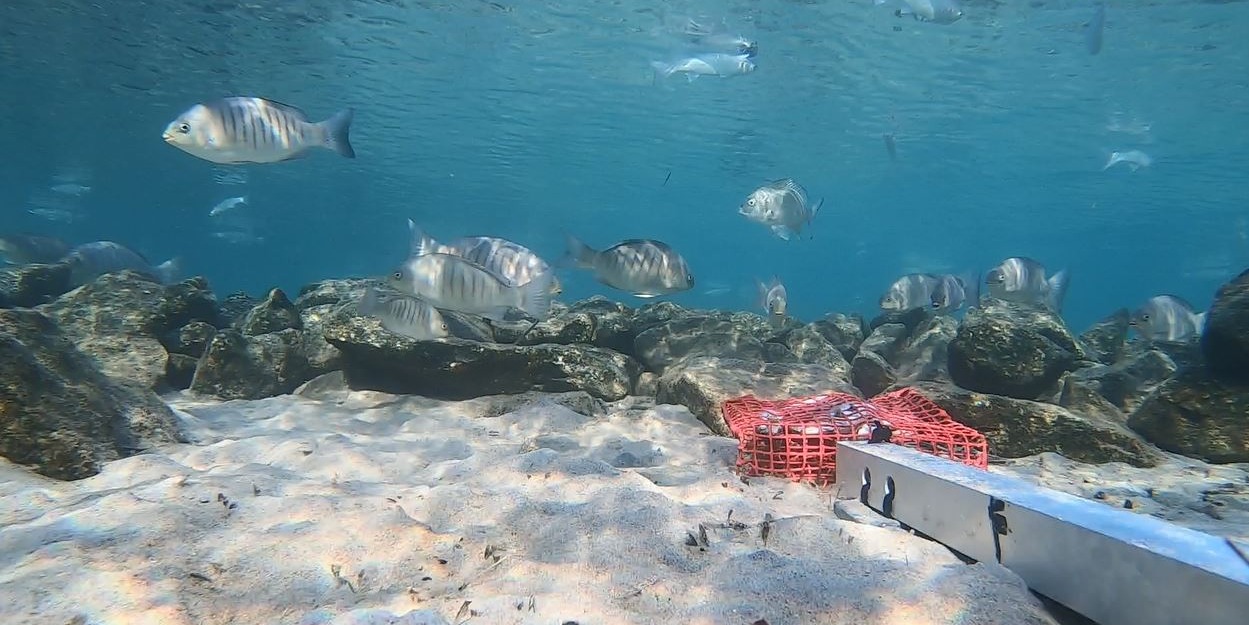
Restoring these two oyster reefs is just one part of the broader WILS project which showcases how nature-based solutions can enhance the resilience of coastal habitats and communities.
Foreshore and saltmarsh rehabilitation works will join the reef to create a ‘living shoreline’ and are complemented by community infrastructure – including a boardwalk, access paths, jetty and a swimming pontoon.
“We are also trialling the incorporation of terracotta pipes into the subtidal reef for juvenile Black Rock Cod, a threatened species, to hide in and use as habitat,” Jillian says.
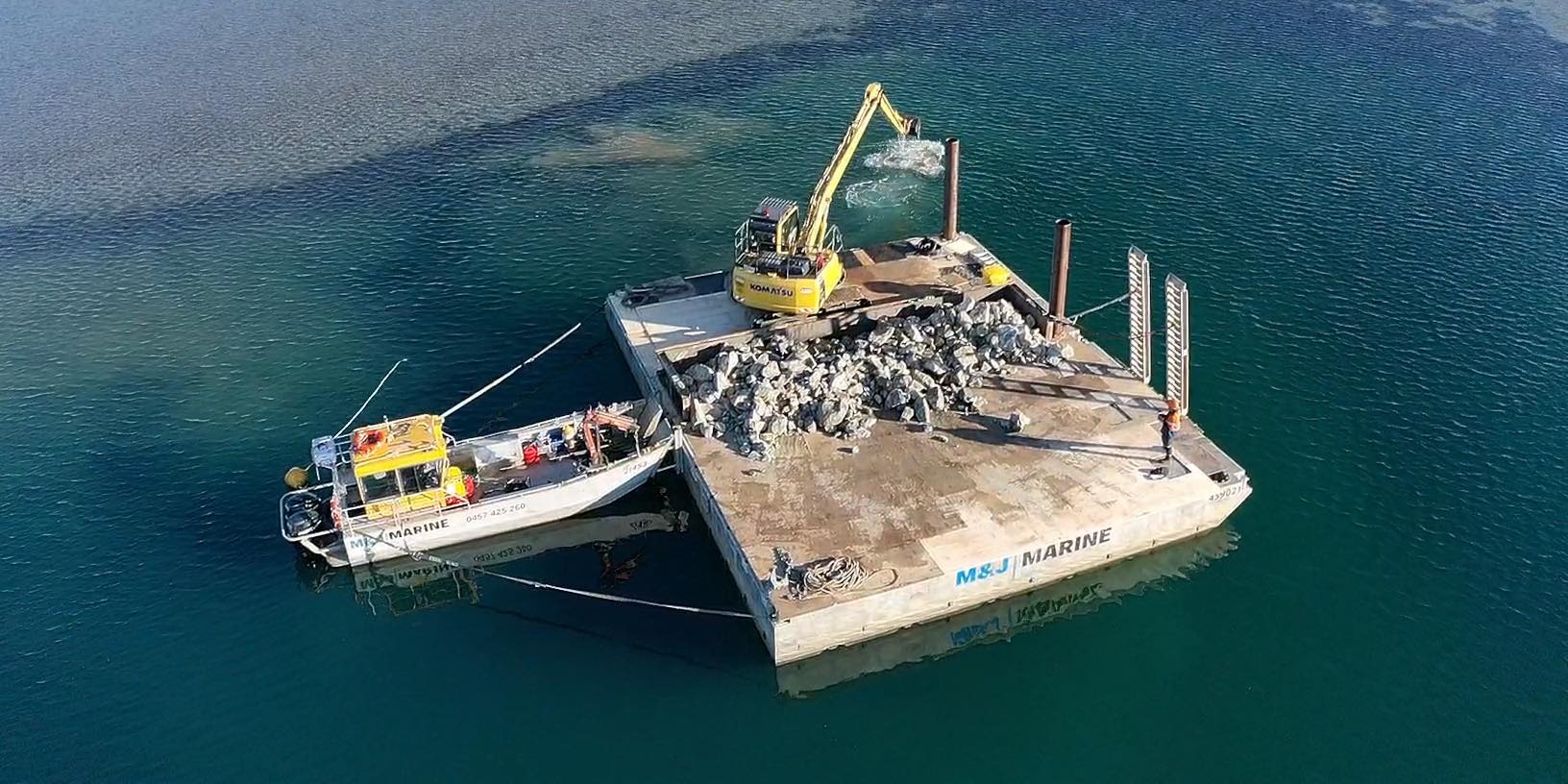
Narooma residents have thrown their support behind the WILS project. Dedicated community volunteers and oyster farmers played a starring role in grading and cleaning oyster shell for the subtidal reef; others have signed up to be part of a citizen science initiative, co-led by Nature Coast Marine Group and OzFish Unlimited, to monitor the health of the restored intertidal reef and shorebird interactions with the habitat.
“It’s great to see the community on board and so engaged with this project,” Jillian says.
Local First Nations people have co-designed key elements of WILS with Aboriginal art, language and stories. "The Joonga Dive Team, NSW’s only commercially certified Indigenous dive crew are also helping us monitor the subtidal reef and Wagonga Local Aboriginal Lands Council’s Koori Work Crew are helping with saltmarsh rehabilitation”.
The WILS project is supported by Eurobodalla Shire Council, the NSW Marine Estate Management Strategy (MEMS), The Nature Conservancy and the Australian Government through its Reef Builder initiative and the jetty construction through the Recreational Fishing and Camping Facilities grants program.
Projects like WILS show how nature-based solutions can protect our foreshores, improve biodiversity, address climate change, build habitat resilience, integrate cultural values of First Nations people while also enhancing recreational opportunities for coastal communities.
Jillian Keating, DPI Fisheries Marine Estate Manager (Oyster Reef Restoration).
Case studies
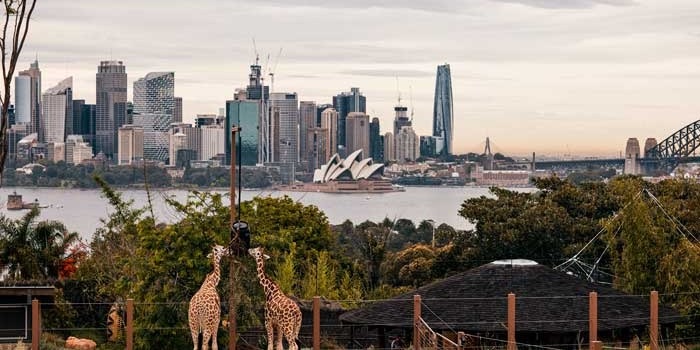
Ensuring there’s enough water in the moat may not be a common challenge for those preparing for changing climate conditions.
Lake Macquarie City Council is trialling tidal gates to protect low-lying assets from tidal inundation, storm surges and extreme weather events.

Learn how a citizen science program uses smartphone photographs from beach-goers to monitor changes in NSW coastlines over time.
